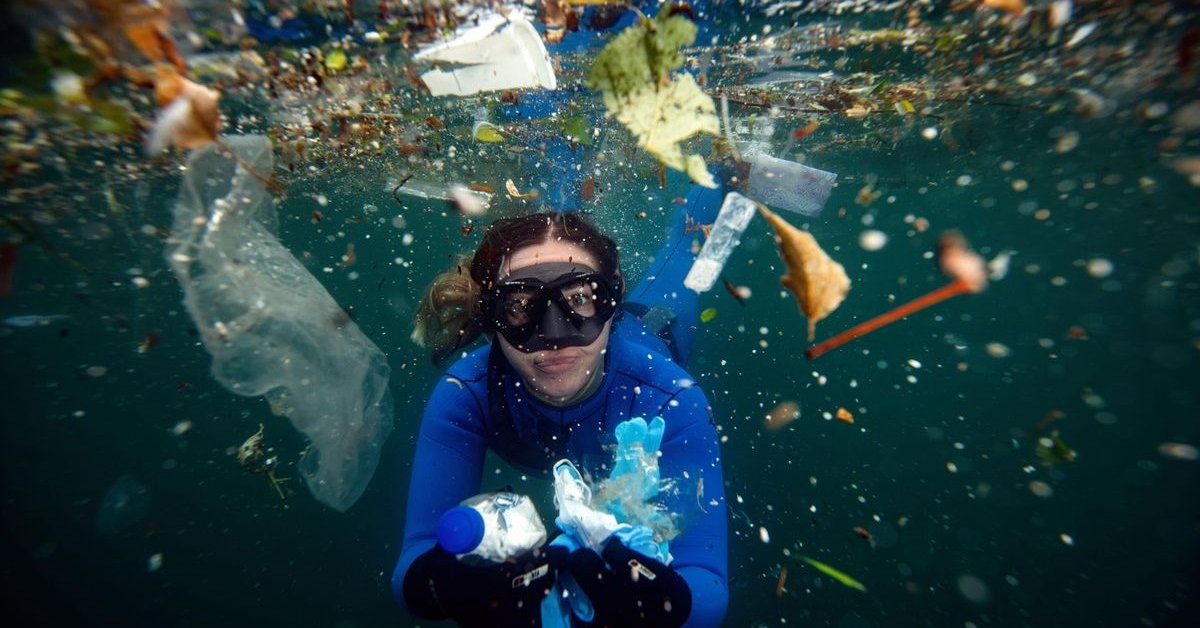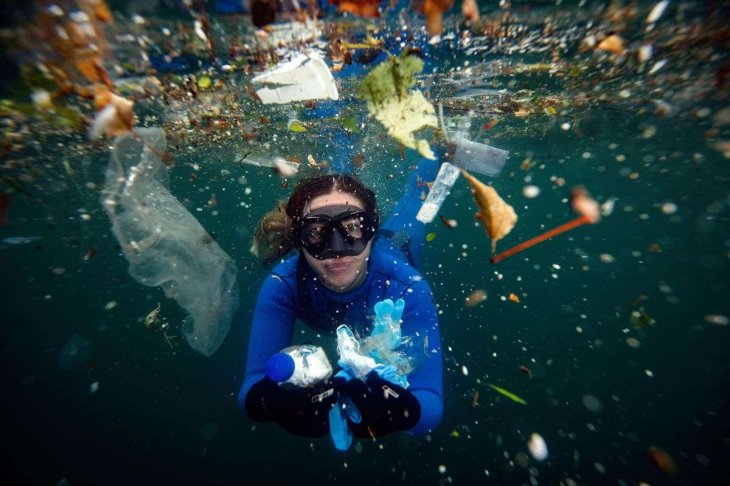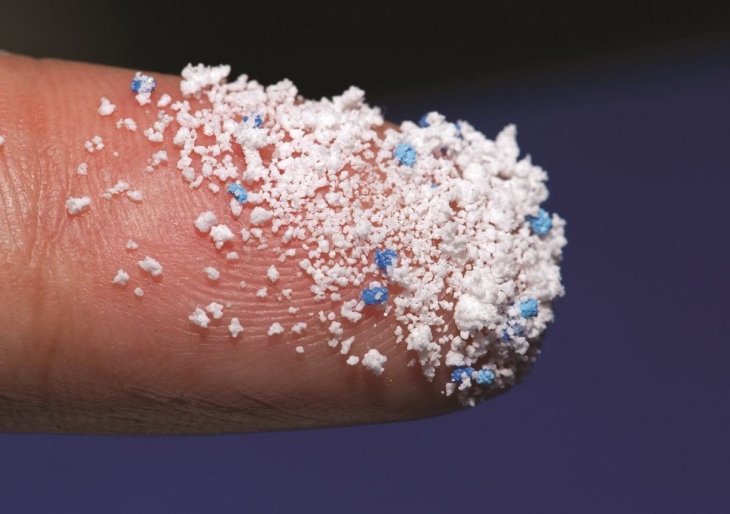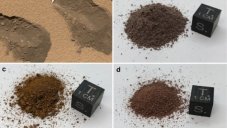Plastic Has Finally Got Into Our Bodies, Maintaining In Organs And Tissue
Dhir Acharya - Aug 26, 2020

We are using and disposing of so much plastic that the material finally comes back to us and stays inside our bodies. Researchers found it in our organs.
- Coca-Cola Plans To Replace Its Plastic Bottles With Paper Ones
- Researchers Make Lighter & Biodegradable Drones With Pineapple Leaves
- Plastic Particles Found Inside Unborn Babies, Experts Called This A Matter Of Great Concern
There’s no denying that the world is overusing plastic. We find plastic everywhere from high mountains to the deepest point of the sea bed, including all kinds of plastic from tiny debris to discarded water bottles. The use of plastic has been contaminating the planet and we are nowhere near solving this disturbing problem.
And plastic has finally got back to us, inside our bodies. No, we’re not joking.

Researchers have declared they have observed the presence of nanoplastics and microplastics in human organs and tissue.
Charlie Rolsky, the Director of Science for Plastic Oceans International NA branch and Teaching Assistant in the School of Life Sciences at the Arizona State University, presented the research results earlier this month.
According to Rolsky, there is evidence that plastic is going into the human body but hardly any study has looked into this area. He said:
“And at this point, we don't know whether this plastic is just a nuisance or whether it represents a human health hazard.”

So far, we have learned that microplastics and nanoplastics cause several health issues in animals like inflammation, infertility, and cancer. So, the researchers thought that it’s time they checked on humans.
Despite taking up small spaces of only 5 millimeters, microplastics can have significant influences if they accrue in nature. Nanoplastics, meanwhile, takes up less than 0.001 millimeters.
The research team was provided with 47 samples of brain and body tissue taken out of kidneys, spleen, liver, and the lungs. Rolf Halden from Arizona State University said:
“This shared resource will help build a plastic exposure database so that we can compare exposures in organs and groups of people over time and geographic space.”
Researchers still need to work further to confirm these findings because they haven’t found a link between microplastics/nanoplastics and human diseases. Regardless, the presence of plastics in our bodies remains a horrific and alarming discovery.
>>> These Toilets In Tokyo Have Transparent Walls? Say What?
Featured Stories

Features - Jul 01, 2025
What Are The Fastest Passenger Vehicles Ever Created?

Features - Jun 25, 2025
Japan Hydrogen Breakthrough: Scientists Crack the Clean Energy Code with...

ICT News - Jun 25, 2025
AI Intimidation Tactics: CEOs Turn Flawed Technology Into Employee Fear Machine

Review - Jun 25, 2025
Windows 11 Problems: Is Microsoft's "Best" OS Actually Getting Worse?

Features - Jun 22, 2025
Telegram Founder Pavel Durov Plans to Split $14 Billion Fortune Among 106 Children

ICT News - Jun 22, 2025
Neuralink Telepathy Chip Enables Quadriplegic Rob Greiner to Control Games with...

Features - Jun 21, 2025
This Over $100 Bottle Has Nothing But Fresh Air Inside

Features - Jun 18, 2025
Best Mobile VPN Apps for Gaming 2025: Complete Guide

Features - Jun 18, 2025
A Math Formula Tells Us How Long Everything Will Live

Features - Jun 16, 2025
Comments
Sort by Newest | Popular